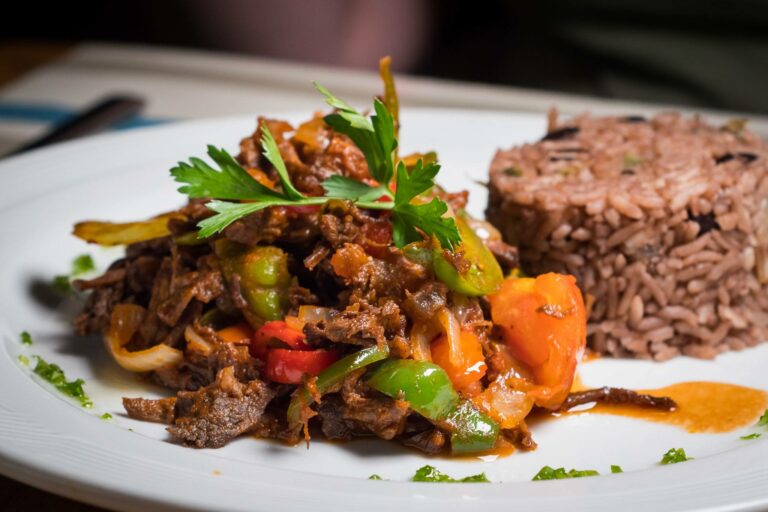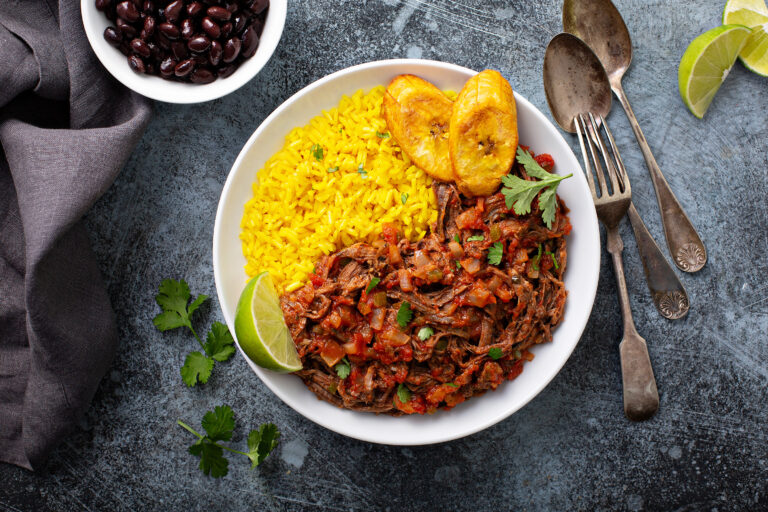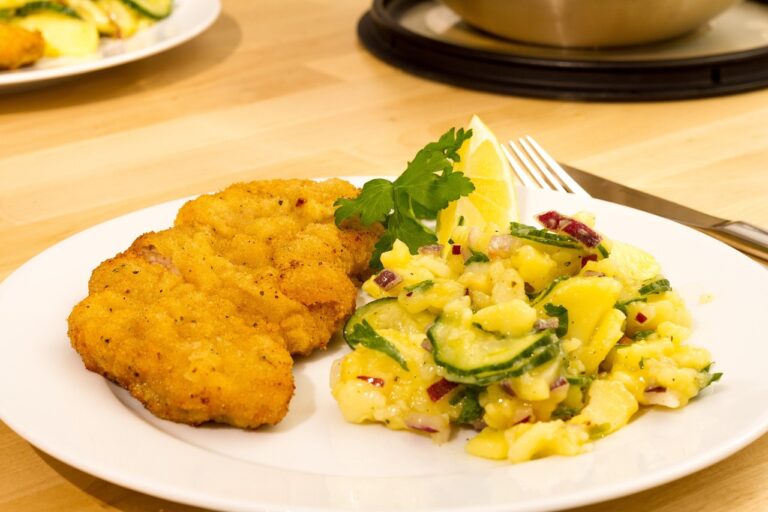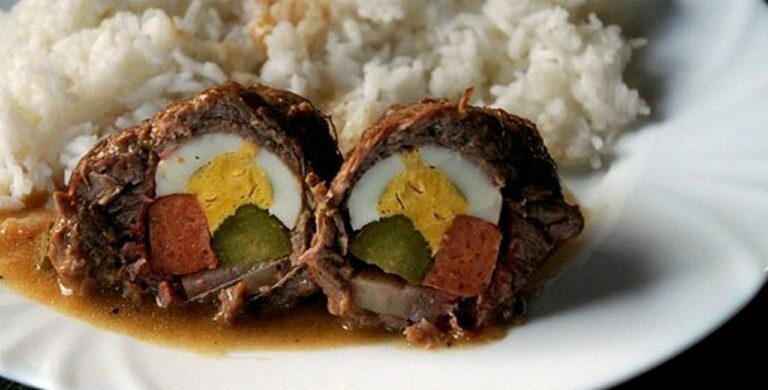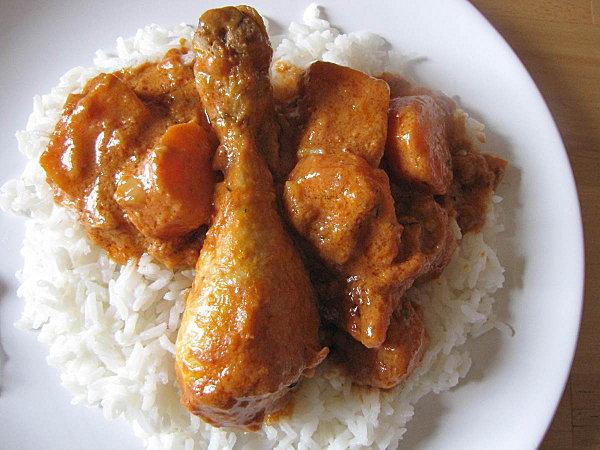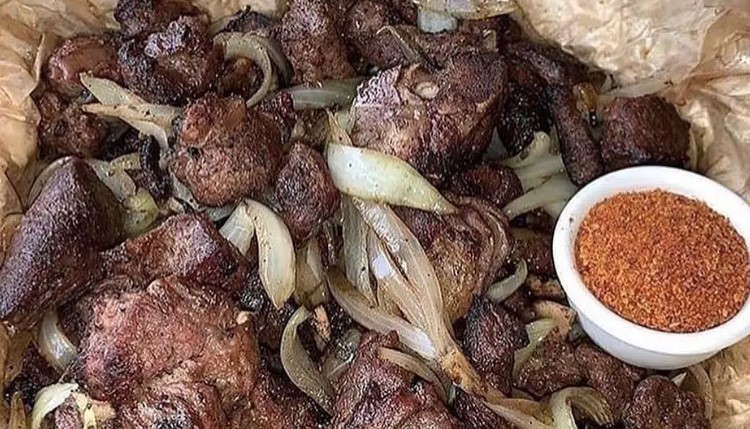Introduction: The Sweet Side of Cuba
Cuba is known for its vibrant culture, music, and cuisine. However, its sweet side is often overlooked. Cuban desserts have a unique blend of Spanish, African, and Caribbean influences, making them a delicious and exciting addition to any meal. From creamy custards to crunchy churros, there are many options for those with a sweet tooth.
Classic Cuban Desserts: A Taste of Tradition
Cuban desserts have a rich history that dates back to the colonial era. The island’s sugar plantations were a major source of wealth, and sugar became a staple ingredient in many desserts. Classic Cuban desserts include the likes of Flan, Tres Leches Cake, and Arroz con Leche. These desserts have been enjoyed for generations and are a testament to the island’s culinary heritage.
Flan: The Creamy Custard Delight
Flan is a popular dessert in many Latin American countries, but it has a special place in Cuban cuisine. This creamy custard is made with eggs, milk, and sugar and is often flavored with vanilla or cinnamon. The dessert is baked in a caramel-coated mold, giving it a sweet and slightly bitter flavor. Flan is the perfect dessert to enjoy after a rich and savory Cuban meal.
Tres Leches Cake: Moist and Decadent
Tres Leches Cake is a moist and decadent dessert that is sure to satisfy any sweet tooth. This sponge cake is soaked in a mixture of three types of milk: evaporated milk, condensed milk, and heavy cream. The result is a cake that is incredibly creamy and rich in flavor. Tres Leches Cake is a popular dessert in Cuban celebrations and is often served at birthdays and weddings.
Arroz con Leche: Rice Pudding with a Twist
Arroz con Leche is a twist on traditional rice pudding. This creamy dessert is made with rice, milk, sugar, cinnamon, and sometimes raisins. The dessert is often served cold and is a refreshing treat on a hot Cuban day. Arroz con Leche is also a popular breakfast dish and is often eaten with a slice of bread or a cup of coffee.
Churros: The Crunchy and Sweet Treat
Churros are a popular street food in many Latin American countries, and Cuba is no exception. These crispy, fried doughnuts are coated in cinnamon sugar and are often served with a side of chocolate sauce. Churros are the perfect dessert to enjoy after a night out in Havana, and they are sure to satisfy any late-night cravings.
Guava Paste: A Sweet Spread with a Kick
Guava paste is a unique Cuban dessert that is often served as a sweet spread. This paste is made with guava fruit, sugar, and lemon juice and has a distinct sweet and tangy flavor. The paste is often served with cheese or crackers and is a popular dessert during the holiday season.
Conclusion: Satisfy Your Sweet Tooth with Cuban Delights
Cuban desserts are a delicious and exciting addition to any meal. From classic custards to crispy churros, there are many options for those with a sweet tooth. The next time you visit Cuba, be sure to try some of the island’s most popular desserts and experience the sweet side of Cuban cuisine.

